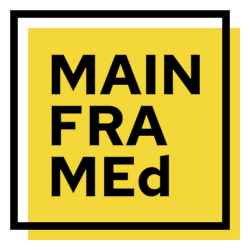COBOL Programming Part 2
Code: COBOL2Been everywhere and found nothing…
Do you need a Custom Course or Solution?
Description
This course is designed to improve students' knowledge of COBOL. Each delegate will write, execute and debug COBOL programs which stress the advanced features of the language.
Audience
Application programmers with some experience in COBOL who require formal training in the advanced language features and programming techniques in the IBM z/OS COBOL environment.
Prerequisites
Attending our COBOL Programming Part 1 course, or an equivalent level of knowledge, is assumed.
Objectives
This course is designed to improve students' knowledge of COBOL. Each delegate will write, execute and debug COBOL programs which stress the advanced features of the language. This will include multi-dimensional and variable length tables, sub-program calls and VSAM file manipulation. Programming standards and style will be addressed throughout.
Topics
Procedure Division
WRITE statement (printing).
Data Division
Edited Data.
Alphanumeric Edited.
Numeric Edited.
Simple Insertion.
Special Insertion.
Fixed Insertion.
Floating Insertion.
Suppression and Replacement.
Program Control
PERFORM with VARYING.
Table Handling
Table Access (Subscripting and Indexing).
Lookup Tables.
OCCURS clause.
Variable Length Tables.
Multi-Dimensional Tables.
SET statement.
SEARCH statement.
PARM in JCL and its effect upon COBOL
Subprogram Linkage
Subprograms.
Use of static and dynamic calls.
CALL statement.
CANCEL statement.
Coding a subprogram.
ENTRY statement.
GOBACK statement.
EXIT PROGRAM statement.
Data Manipulation
INITIALIZE statement.
INSPECT statement.
STRING statement.
UNSTRING statement.
Reference Modification.
VSAM File Processing
ESDS, KSDS and RRDS VSAM files.
OPEN statement.
START statement.
READ statement.
WRITE statement.
REWRITE statement.
DELETE statement.
CLOSE statement.
COPY statement.
RETURN-CODE and System Codes
Intrinsic Functions
Character-based intrinsic functions.
Arithmetic intrinsic functions.
Date/Time related intrinsic functions.
Price (ex. VAT)
Duration
Delivery methods
- Classroom
- On-site (at your location)
- Virtual (instructor online)
